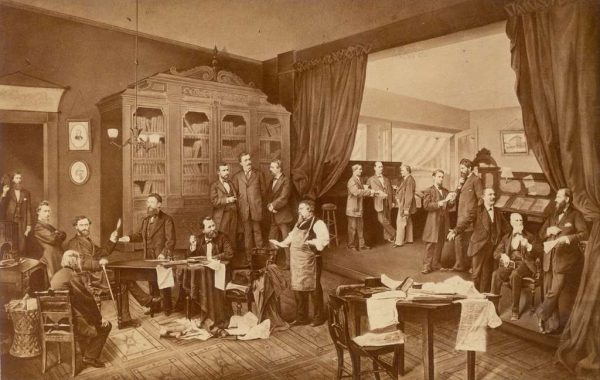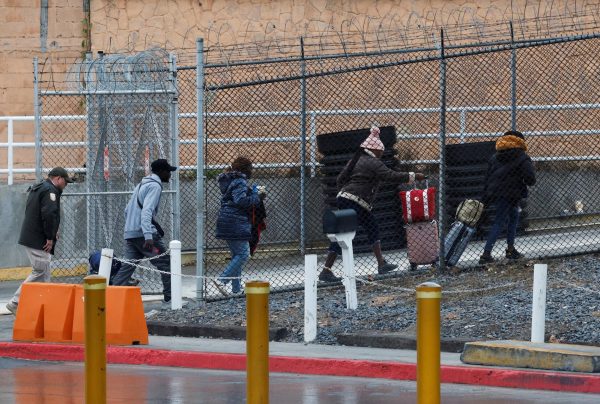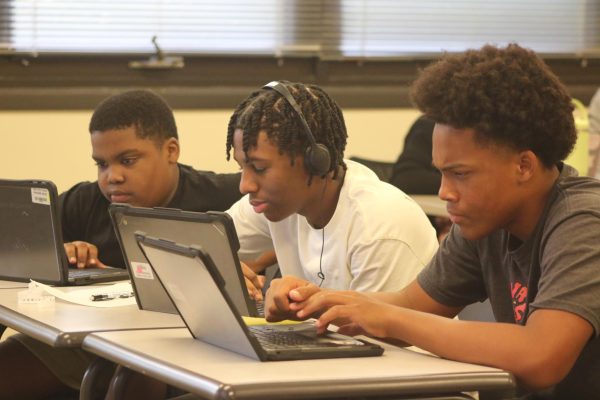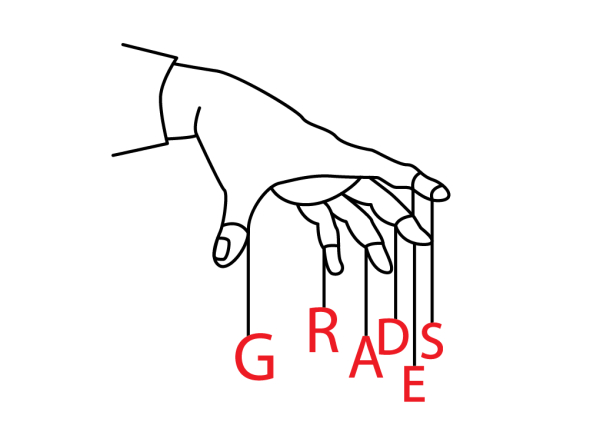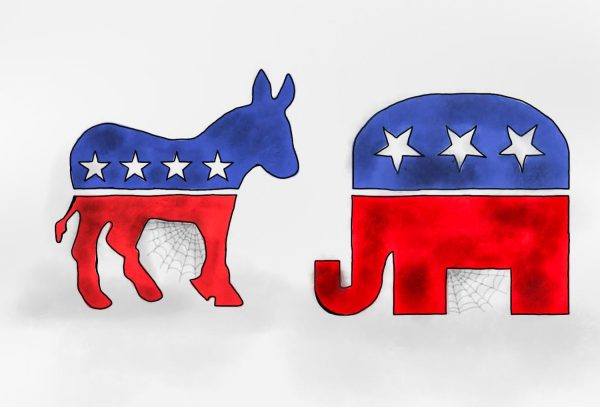Staff Ed: Teacher Sabbaticals
Last week, CHS celebrated Teacher Appreciation Week with notes, delivered snacks, and sidewalk-chalk messages for faculty members. But despite the festivity, this school year has been undeniably taxing for educators. After two draining and difficult semesters of navigating Zoom classes, schedule changes, hybrid learning, classroom sanitation and low student motivation, record numbers of beloved teachers are retiring across the district. A nationwide teacher shortage has left other public schools across the country flailing to fill teaching positions during the pandemic.
But teacher exhaustion and burnout hasn’t always been this normalized; the value that Clayton places on teachers used to be higher. Until 2007, there was one thing that set teaching at Clayton apart from teaching at Kirkwood, Ladue or Parkway. Once Clayton teachers had taught in the district for six years, they were eligible to take a paid sabbatical that allowed them to develop their teaching interests and skills through travel, education or personal projects. As CHS art teacher Christina Vodicka explained, teachers had the option of taking a semester-long sabbatical at full salary or a full-year sabbatical at half salary. But when Vodicka reached her seventh year of teaching at Clayton, the sabbatical program ended.
“It was frustrating because I had friends and colleagues who had taken sabbaticals and really got a lot out of it, having that time and being able to focus on different things,” she said. English teacher John Ryan shared the same experience.
“The year I was eligible to receive one (year 7 of teaching at CHS) was the year they took them away,” he said. “The prospect of a sabbatical had been a pretty strong incentive for me to build my career at Clayton; many of my older colleagues at the time had taken advantage of semester- and year-long sabbaticals to complete graduate education, write books, travel, and do other forms of research that gave them new energy and purpose, which they then fed back into their teaching in numerous ways. I was pretty disappointed, to say the least.”
Sabbaticals for teachers have far-reaching benefits, and not just for the teachers themselves. They help create a culture of university-level academic rigor where teachers are expected to pursue their crafts and educate themselves outside of the classroom. Teachers come back from sabbaticals more engaged and informed, better positioning them to empower and instruct their students on deeper levels.
“From a budget standpoint, it’s really tricky,” said Vodicka, acknowledging the difficulty of paying salaries to both teachers and long-term substitutes. “From a professional standpoint, I think it’s incredibly valuable. I do think that it would certainly affect retention, if teachers coming here or who are already here knew that that was a possibility, then that’s very appealing.” The budgetary burden of providing sabbaticals to teachers is justified in comparison to the profound positive impact they could have on CHS’ educational environment and teacher experience.
But even aside from the potential school-wide benefits of bringing back sabbaticals, teachers simply deserve them. Being a teacher is incredibly hard work, and it’s hard work that is widely underpaid and undervalued in society despite the proven fact that teacher quality is the number one factor in determining student success.
“The national sentiment has shifted against teachers in the last ten or so years, and that’s inescapable,” said Ryan. He pointed out that teachers were celebrated at the beginning of the pandemic for adapting to learning at home, but were widely vilified for raising concerns about returning to in-person school in the fall. But hiring and retention rates were dropping even before COVID-19, proving that this problem stems from inherent flaws in how teachers are treated in the American education system. According to the Economic Policy Institute, public school teachers are paid on average 20% less in weekly wages than college graduates in non-teaching jobs. Until a national shift takes place in how American teachers are treated, teacher retention and teacher mental health will continue to remain low across the country. By strengthening support for teachers through sabbaticals, Clayton can be a part of that shift at the individual district level.
The School District of Clayton has long been known for respecting and valuing its teachers. But without the incentive of a sabbatical at the end of six years and the lack of commitment to helping teachers grow outside of the classroom, Clayton has in part lost its effectiveness when it comes to retaining teachers. In order to attract candidates, hire passionate and qualified professionals and keep those teachers in the district even as COVID-19 continues to upend schooling as we know it, paid sabbaticals are the solution. Teachers form the backbone of any educational institution; it’s time we start treating them like it.
A $50 or more donation includes a subscription to the Clayton High School Globe 2024-2025 print news magazine.
We will mail a copy of our issues to the recipients of your choice.
Your donation helps preserve the tangible experience of print journalism, ensuring that student voices reach our community and that student democracy thrives.

Ivy is a senior at CHS and excited to return to Globe as co-Editor-in-Chief this year! She joined the staff three years ago because she has always loved to write and believes in...


